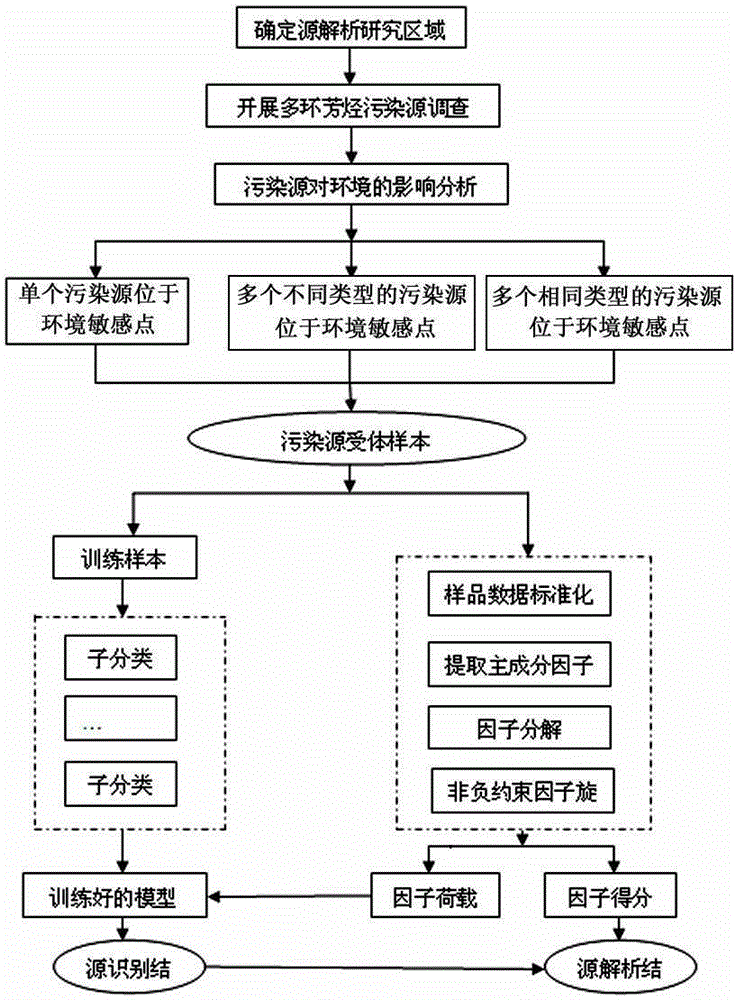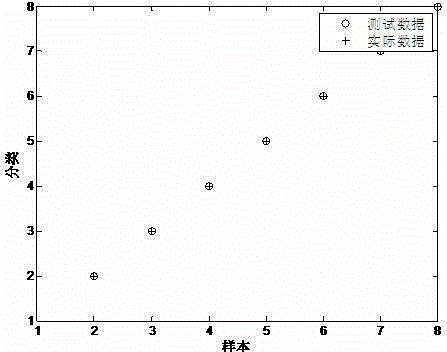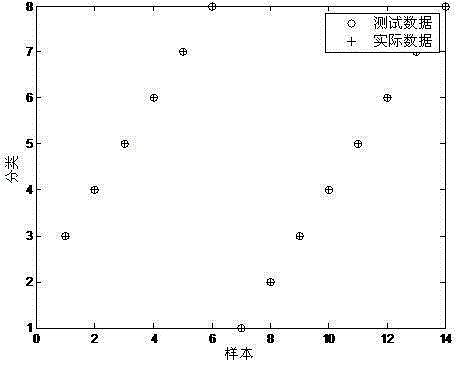Nonnegative-constrain-factor pollution source apportionment method based on naive Bayesian source identification
A technology of non-negative constraints and analytical methods, which is applied in the field of pollution source analysis in water bodies, and can solve problems such as pollution
- Summary
- Abstract
- Description
- Claims
- Application Information
AI Technical Summary
Problems solved by technology
Method used
Image
Examples
Embodiment
[0085] The Songhua River is one of the seven major rivers in my country, and the total amount of water resources ranks third in the country. The inventor took the Harbin-Jiamusi section of the main stream of the Songhua River as the investigation area for polycyclic aromatic hydrocarbon pollution sources, and took the national-controlled or provincial-controlled monitoring sections as sampling sections. , which are Zhaoyuan, Lower Ash River Estuary, Upper Hulan River Estuary, Lower Mudanjiang River, Upper Jiamusi, Jiangnantun, Tongjiang, Xiaohei River and Jiejinkou. By measuring the content of 16 kinds of polycyclic aromatic hydrocarbons in water samples, the source apportionment of the pollution of polycyclic aromatic hydrocarbons in the Harbin-Jiamusi section of the main stream was carried out. Coal, traffic tunnels, wood burning and coke oven sources. According to the source analysis results, the planning, supervision and management of the industrial enterprises along the ri...
PUM
 Login to View More
Login to View More Abstract
Description
Claims
Application Information
 Login to View More
Login to View More - R&D
- Intellectual Property
- Life Sciences
- Materials
- Tech Scout
- Unparalleled Data Quality
- Higher Quality Content
- 60% Fewer Hallucinations
Browse by: Latest US Patents, China's latest patents, Technical Efficacy Thesaurus, Application Domain, Technology Topic, Popular Technical Reports.
© 2025 PatSnap. All rights reserved.Legal|Privacy policy|Modern Slavery Act Transparency Statement|Sitemap|About US| Contact US: help@patsnap.com



